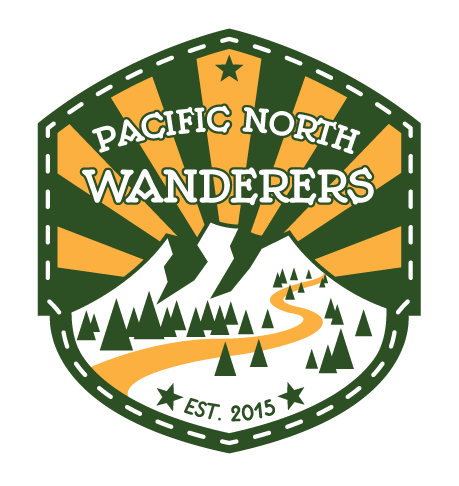The Ten Essentials
Plan Well, Pack Well, Hit The Trail!
The Ten Essentials was first published in 1974 by the Seattle-based club The Mountaineers in the third edition of their book Mountaineering: The Freedom of the Hills. Since then, many hiking, climbing, backpacking, scouting, and more like-minded organizations recommend that all outdoor enthusiasts carry these items. In 2008, the 8th edition of the book was updated to take a "systems" approach to this list by grouping items together.
Every hiker should have these essential items during each outing. More importantly, they should know how to use each item before heading out.
The Ten Essentials System
1. Navigation
A topographic map and compass are essential if you are ever lost. Keep your map waterproof by using a container or having it laminated. Learn how to use your topo map and compass before heading out.
2. Sun Protection
Wearing a hat can go a long way to protecting you from the sun. Pairing that with sunglasses and sunscreen will go even further. Even on a cloudy day, the sun's rays are not safe when you are spending hours outdoors.
3. Insulation
Always prepare for the worst for the season you're hiking in. Even on a summer night, the temperature can drop quite a bit. A jacket, hat, and gloves may sound like a lot to carry along, but you'll certainly be thankful if the time comes that you need them.
4. Illumination
A light source will help you find your supplies at night, keep the trail illuminated, and it could be used to signal for help if needed. We recommend a hands-free approach by using a LED headlamp. Also, bring at least one extra pair of batteries for each light source.
5. First-Aid Supplies
A first-aid kit usually includes items such as band-aids, gauze, disinfectant, pain reliever, and more. You can find many small kits that will easily fit in your backpack. Carrying insect repellent is also a good idea.
6. Fire
A lighter and matches in a waterproof container are a must. Starting a fire can keep you warm, be used to boil water so it is suitable to drink, and signal for help.
7. Repair Kit and Tools
A multi-tool will go a long way when needing to fix equipment and gear. Having a trowel, duct tape, and cable ties will also help out in many unexpected situations.
8. Nutrition
Bring enough food for the length of your planned trip and one extra day. Consider dry food since it is lightweight and lasts long.
9. Hydration
Take enough water that you need for your trip and add two liters for an emergency. A hydration pack is perfect for carrying large amounts of water.
10. Emergency Shelter
If you find yourself stranded overnight, you will need to keep warm and dry. A tarp, space blanket, and tent will help. Even large trash bags can work. The goal is to keep you separated from the ground and to cover you from above.
Additional Items
Besides these ten essentials, other items include water purification solutions and water bottles, ice ax if necessary, and signaling devices. A whistle, two-way radio, mirror, laser pointer, and even a mobile phone may also be helpful.
Stay safe out there!
This post contains affiliate links which may provide us a small commission if you make a purchase through them. See our Disclosures page for more info. Thank you for your support!
Follow our wanderings around the Pacific Northwest. The only thing better would be being there yourself!
Subscribe to Our Newsletter

